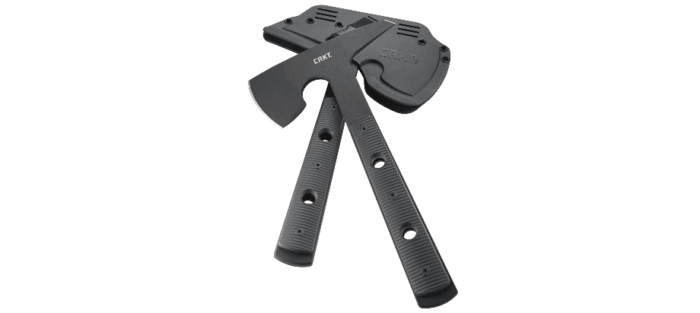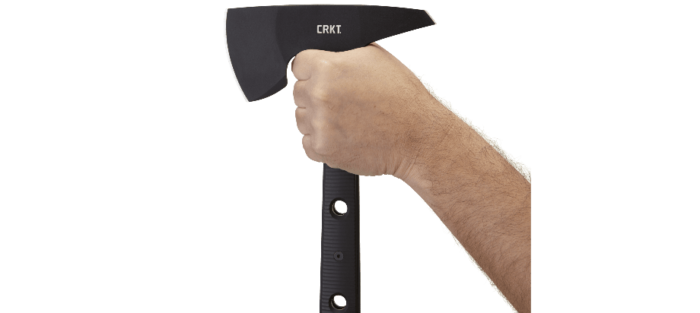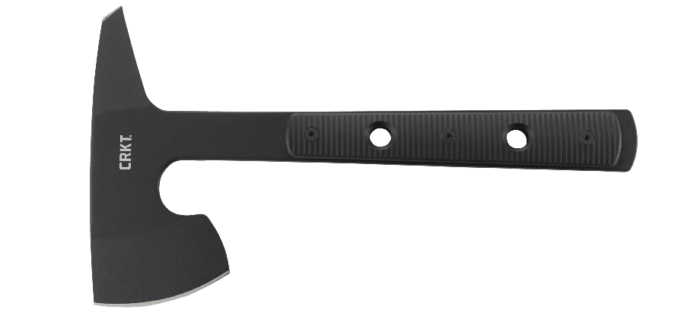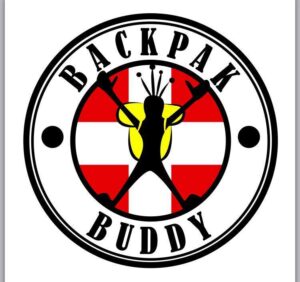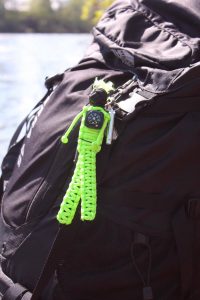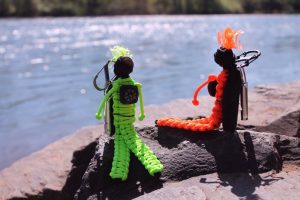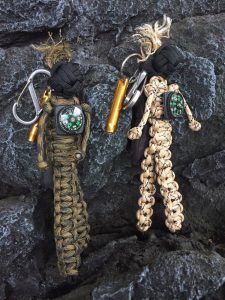Sometimes there are people who aren’t prepared for things to go wrong. And sometimes there are people who are ready for just about anything. This is a story of the latter.
One recent July morning, I answered a callout to help search for a missing hiker who had been separated from his camping group on Oregon’s Obsidian Trail in the Willamette National Forest. He and his group had taken different turns on the trail, and they called him in as missing. He would spend two nights alone in the wilderness after taking the correct path on his original journey, and was later wondering if it was his group who had gotten lost.
I was part of a three-person team that went in to find him. I had just finished my usual overnight shift at my regular job, so I slept in the truck on the way in. I carried a regular ground search loadout, leaving my climbing gear and other unnecessary items. We booked it along the Obsidian trail, traveling over hard dirt and also large packs of snow that were still melting down after a big snow season. I didn’t need snowshoes for travel, but trekking poles were definitely a must to maintain speed and stability on the hard snowpack.
After more than three miles, we came upon a lava field that gave us an awe-inspiring view of the North and Middle Sisters and a clear area to do a vocal hail. To my surprise, we got a response. We radioed in our results and pushed on, crossing the lava field and a large glacial stream. We could hear our subject calling out and whooping as we approached.
We spotted several people at the end of the stream. It just so happened our subject had linked up with an outdoor adventure group that was also camping in the area. He was in pretty good shape and pretty happy to see us. I sized up his gear and it looked like he had a full pack of equipment as well as a large survival knife strapped to the outside. He was on his way back to the trail head, concerned about the whereabouts of his camping group who had called him in missing.
I was pleasantly surprised to see how prepared our subject was. He didn’t seem too worn out when we made contact with him and didn’t need any food or water.
There are two big takeaways from this mission. The first is that being prepared pays off. Our subject was prepared for several days of camping and even had equipment to endure extra time in the wilderness if needed. The second was that when camping in groups, make sure your party knows the exact way to get to your destination and has more than one way to navigate (not a cell phone!). This will help all of you get to your site even if members are starting their trip at different times.

